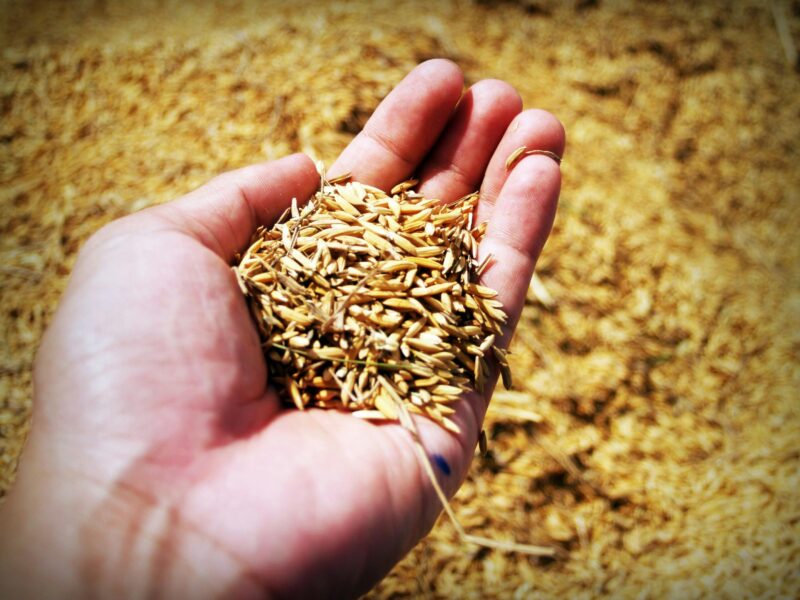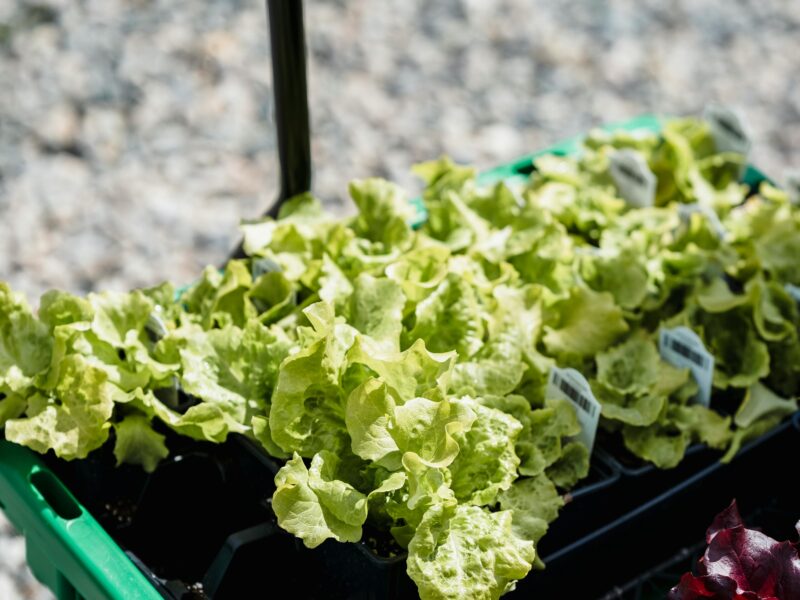Not everyone has acres of land or the time to manage a sprawling garden, but that doesn’t mean you can’t create a vibrant, thriving ecosystem right at home. With a little creativity, you can design your own “micro-forest” inside a single container—a living, breathing miniature world that mirrors the beauty of nature’s larger landscapes.
What is a Micro-Forest in a Pot?
Think of it as a scaled-down woodland that balances trees, shrubs, groundcover, and even soil organisms inside one container. Much like its full-sized counterpart, a micro-forest thrives on diversity and natural layering. Each plant plays a role—some provide structure and shade, others spread at the base to cover soil, while others attract pollinators or enrich the ground.
By recreating nature’s balance on a small scale, you’re not just growing plants—you’re cultivating a self-sustaining mini ecosystem that requires less input over time.
Choosing the Right Container
The foundation of your micro-forest begins with the pot. Size matters: the deeper and wider the container, the more root space you provide. Large ceramic, terracotta, or even repurposed wooden planters work well.
Drainage is non-negotiable. A mix of pebbles or broken pottery at the bottom ensures excess water doesn’t drown roots. If you’re going for a more eco-friendly touch, try self-watering planters that reduce maintenance while maintaining steady moisture levels.
Layering Plants for Balance
To mimic the natural forest structure, think in layers:
- The Canopy Layer – Choose a small ornamental tree or dwarf variety, such as a Japanese maple, olive tree, or dwarf citrus. These anchor the arrangement and provide shade.
- The Shrub Layer – Compact shrubs like dwarf hydrangea, rosemary, or lavender add texture and fragrance.
- The Groundcover Layer – Low-growing plants such as thyme, creeping jenny, or mosses spread across the soil, reducing evaporation and keeping roots cool.
- The Root Layer – Consider bulbs or root vegetables like small carrots or garlic that quietly enrich your micro-forest from below.
Together, these layers create a balanced ecosystem that feels lush while staying contained.
Building Healthy Soil Ecosystems
The secret to a low-maintenance micro-forest isn’t just the plants—it’s the soil life. Mixing compost with organic matter like coconut coir, leaf mulch, and worm castings builds a living substrate full of beneficial microbes.
Adding a few red wigglers (compost worms) directly to the pot can transform kitchen scraps into natural fertilizer. Over time, the soil becomes self-renewing, reducing the need for synthetic inputs.
Watering and Care
One of the beauties of the micro-forest method is its reduced maintenance. With dense planting and groundcover, the soil retains moisture longer. A weekly deep watering is often enough, though self-watering planters make things even easier.
Pruning keeps the canopy in check and prevents overcrowding. But unlike a typical container garden, the micro-forest thrives on letting plants interact—roots intertwining, leaves overlapping, and microclimates forming.
Adding Wildlife Value
Want to take your micro-forest to the next level? Choose plants that attract pollinators or beneficial insects. Lavender draws bees, marigolds repel pests, and dwarf fruit trees may even produce seasonal harvests.
You can also add a small water dish or bird-friendly element to support visiting wildlife, turning your balcony or windowsill into a pocket-sized sanctuary.
Why It Works
The genius of this approach lies in its resilience. By recreating nature’s diversity, you reduce the need for fertilizers, pesticides, and constant upkeep. Every plant and soil organism supports the others, creating balance.
It’s not just gardening—it’s a way of bringing an ecosystem into your home. Even in a small apartment or urban setting, a micro-forest in a flower pot connects you to nature’s rhythms, offering both beauty and function.
Gardening doesn’t need to be big to be meaningful. A micro-forest in a pot shows how even the smallest spaces can become green havens. By layering plants, enriching soil, and letting nature take the lead, you create more than decoration—you create life.
Whether it’s on a balcony, patio, or windowsill, your tiny forest can serve as a daily reminder that thriving ecosystems can exist anywhere, even in the heart of the city.


